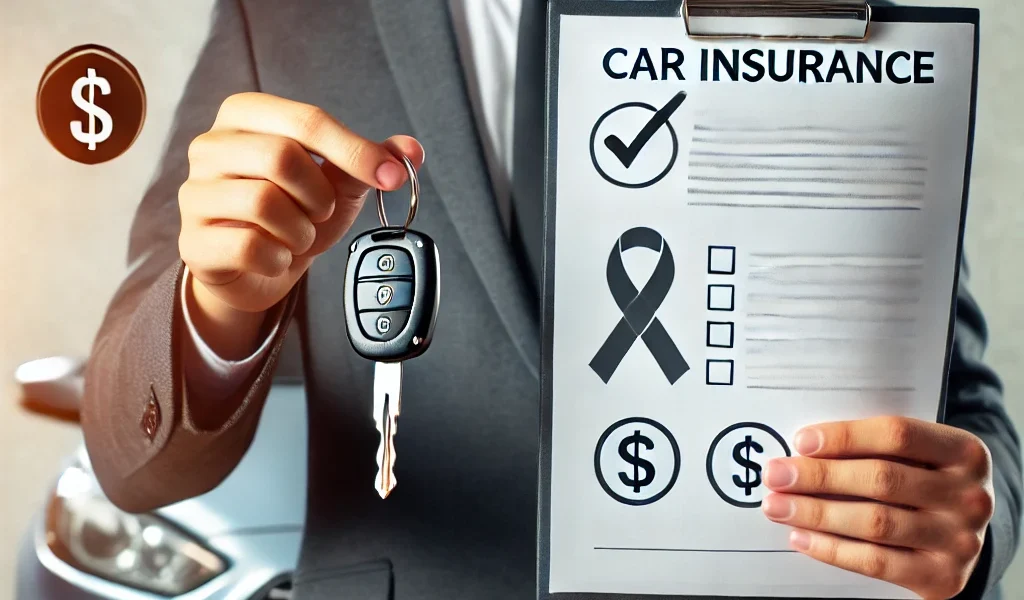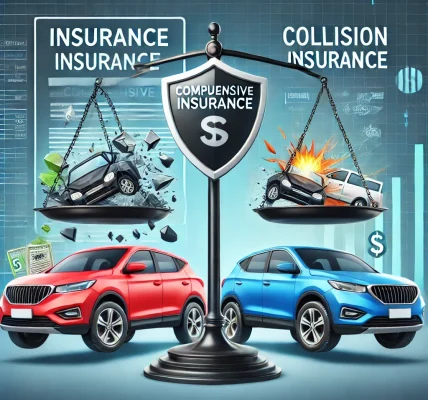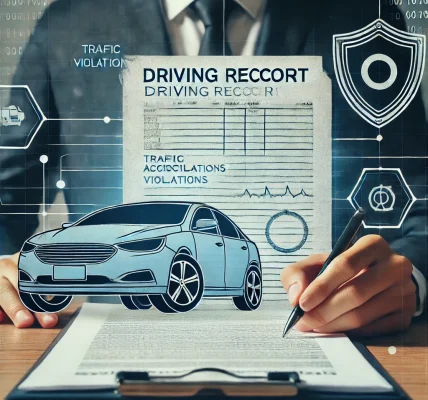Getting car insurance for the first time can be overwhelming. As a new driver, you may be unfamiliar with the different types of coverage, factors affecting premiums, and ways to save on insurance costs. Understanding how car insurance works will help you make informed decisions and get the best coverage at an affordable price.
This guide will cover everything first-time drivers need to know about car insurance, including coverage types, cost factors, tips for reducing premiums, and common mistakes to avoid.
1. Why First-Time Drivers Pay Higher Insurance Rates
Car insurance companies assess risk when determining premiums. First-time drivers, particularly young drivers, are considered high-risk because they lack driving experience. Studies show that inexperienced drivers are more likely to be involved in accidents, leading to higher insurance rates.
Factors That Contribute to Higher Rates for First-Time Drivers:
- Lack of Driving History – Insurance companies have no past data to assess risk.
- Higher Accident Probability – New drivers are more likely to make mistakes.
- Statistical Data – Young and inexperienced drivers have higher accident rates.
- Lower Credit History – If applicable, a limited credit history can affect rates in some states.
2. Types of Car Insurance Coverage for First-Time Drivers
Understanding the different types of car insurance coverage is essential when choosing a policy. Here are the main types of coverage:
Mandatory Coverage:
- Liability Insurance: Covers costs for injuries and damages you cause to others. Most states require liability coverage.
Recommended Additional Coverage:
- Collision Coverage: Pays for damage to your car from accidents, regardless of fault.
- Comprehensive Coverage: Covers non-collision incidents like theft, vandalism, or natural disasters.
- Personal Injury Protection (PIP): Covers medical expenses for you and your passengers.
- Uninsured/Underinsured Motorist Coverage: Protects you if you’re in an accident caused by a driver with little or no insurance.
- Roadside Assistance: Covers towing, jump-starts, flat tires, and lockouts.
Choosing the right combination of coverage will help protect you financially in case of an accident.
3. How to Find Affordable Car Insurance as a First-Time Driver
While car insurance can be expensive for new drivers, there are ways to reduce costs. Here are some strategies to find affordable car insurance:
Compare Quotes from Multiple Providers
- Use online comparison tools to get quotes from different insurance companies.
- Don’t settle for the first quote—shop around to find the best deal.
Look for Discounts
- Good Student Discount: Many insurers offer discounts for students with a GPA of 3.0 or higher.
- Defensive Driving Course Discount: Completing an approved driving course can lower premiums.
- Bundling Discount: Combine car insurance with home or renter’s insurance to save.
- Low Mileage Discount: If you don’t drive often, you may qualify for a lower rate.
Choose a Higher Deductible
- Increasing your deductible can reduce your monthly premium.
- Ensure you can afford the deductible amount in case of an accident.
Consider a Usage-Based Insurance Program
- Some insurers offer telematics programs that track your driving habits.
- Safe driving can lead to lower premiums through these programs.
4. How to Choose the Best Insurance Policy for a First-Time Driver
Assess Your Coverage Needs
- If your car is financed or leased, comprehensive and collision coverage may be required.
- If you drive an older car, liability insurance may be sufficient.
Read the Policy Carefully
- Understand coverage limits, exclusions, and claim procedures.
- Ask about any hidden fees or conditions.
Choose a Reputable Insurance Provider
- Research company reviews and customer service ratings.
- Check the claim settlement process to ensure a hassle-free experience.
5. Common Mistakes First-Time Drivers Should Avoid
Not Comparing Insurance Quotes
- Different companies offer different rates. Failing to compare can result in overpaying.
Choosing the Minimum Required Coverage Only
- While opting for minimum coverage may seem cost-effective, it may not be enough in case of a major accident.
Failing to Ask About Discounts
- Many first-time drivers miss out on discounts that can lower their premiums.
Not Understanding the Policy Terms
- Ensure you know what is covered and what isn’t before purchasing a policy.
6. What to Do After Getting Car Insurance
Keep Proof of Insurance with You
- Most states require drivers to carry proof of insurance in their vehicle.
Drive Safely to Build a Good Record
- A clean driving record can help lower insurance rates over time.
Review Your Policy Annually
- Insurance needs change, and you may qualify for better rates after a year.
7. Final Thoughts
For first-time drivers, car insurance can seem complicated, but understanding how it works and taking the right steps can help you secure an affordable and comprehensive policy. Compare providers, take advantage of discounts, and practice safe driving to lower your premiums over time.
By following these tips, you can make an informed decision and ensure you have the right protection on the road.




